We Are ALL Biased (From Time to Time!)
Cognitive biases are mental shortcuts our brains use to process information more efficiently. While these shortcuts often help us navigate daily life, they can also lead us astray by distorting reality. The thing is, we’re all susceptible to biases—whether we realize it or not. Recognizing our own biases, as well as identifying them in others, can improve decision-making, strengthen relationships, and foster more constructive conversations.
In this blog post, we’ll explore some of the most common cognitive biases, along with examples of how they show up in daily life and their potential consequences. Let’s dive into the ways our thinking can sometimes mislead us and how awareness can be our greatest ally.
Common Cognitive Biases and Their Real-Life Impacts
1. Confirmation Bias
• Definition: Favoring information that confirms preexisting beliefs.
• Example: Reading only news that supports your political views.
• Negative Impact: Ignoring critical perspectives could lead to poor decisions or strained relationships with others who hold different views.
2. Anchoring Bias
• Definition: Relying too heavily on the first piece of information encountered.
• Example: Assuming a $50 sale price is good because the original price was $100.
• Negative Impact: Overpaying for goods or services due to an artificially inflated initial comparison.
3. Availability Heuristic
• Definition: Overestimating the likelihood of events based on their recentness or vividness.
• Example: Believing plane crashes are common after seeing one on the news.
• Negative Impact: Developing unnecessary fears (e.g., avoiding travel) that limit opportunities or experiences.
4. Overconfidence Bias
• Definition: Overestimating one’s own abilities or knowledge.
• Example: Thinking you’ll ace a test without studying because you “know it all.”
• Negative Impact: Failing important exams, losing credibility, or damaging career prospects.
5. Hindsight Bias
• Definition: Believing past events were predictable after they have occurred.
• Example: Claiming you “knew it all along” after a sports team wins.
• Negative Impact: Undermining learning from mistakes or discouraging others from sharing their insights.
6. Self-Serving Bias
• Definition: Attributing successes to internal factors and failures to external ones.
• Example: Taking credit for a work success but blaming a coworker for a failure.
• Negative Impact: Strained workplace relationships or failing to improve personal weaknesses.
7. Framing Effect
• Definition: Making decisions influenced by how information is presented.
• Example: Opting for a “95% fat-free” product over one labeled “5% fat.”
• Negative Impact: Making poor choices based on misleading or incomplete information.
8. Sunk Cost Fallacy
• Definition: Continuing a task or investment due to already incurred costs.
• Example: Staying in a bad relationship because of the time invested.
• Negative Impact: Prolonging unhappiness or wasting further resources on a doomed endeavor.
9. Bandwagon Effect
• Definition: Adopting beliefs or behaviors because others are doing so.
• Example: Supporting a sports team because they are popular.
• Negative Impact: Sacrificing individuality or making poor choices to fit in with a group.
10. Fundamental Attribution Error
• Definition: Overemphasizing personality traits over situational factors when judging others.
• Example: Assuming someone is lazy because they’re late, ignoring traffic delays.
• Negative Impact: Damaging relationships by being overly judgmental or dismissive.
11. Negativity Bias
• Definition: Giving more weight to negative experiences than positive ones.
• Example: Dwelling on one critical comment despite receiving multiple compliments.
• Negative Impact: Lower self-esteem or strained relationships due to a focus on faults.
12. Halo Effect
• Definition: Letting a positive impression in one area influence opinions in another.
• Example: Assuming someone is intelligent because they are physically attractive.
• Negative Impact: Misjudging a person’s abilities and making poor hiring or relationship decisions.
13. Dunning-Kruger Effect
• Definition: Overestimating competence due to lack of self-awareness.
• Example: A novice believing they are an expert in a skill after minimal practice.
• Negative Impact: Making critical errors or alienating others due to overconfidence.
14. Loss Aversion
• Definition: Preferring to avoid losses rather than acquire equivalent gains.
• Example: Refusing to sell a falling stock to avoid realizing a loss.
• Negative Impact: Holding onto poor investments and missing better opportunities.
15. Recency Bias
• Definition: Prioritizing recent events over older ones.
• Example: Assuming a team will continue winning because they’ve won their last few games.
• Negative Impact: Making poorly informed decisions by neglecting long-term trends or data.
Why Understanding Bias Matters
By becoming aware of these biases, you can:
• Make better decisions: Avoid impulsive choices by questioning your assumptions.
• Enhance relationships: Foster empathy by understanding how biases affect others’ perspectives.
• Improve self-awareness: Reflect on your own thought patterns to grow personally and professionally.
The key isn’t to eliminate biases entirely (that’s impossible!) but to recognize when they might be influencing your judgment. This awareness can empower you to think more critically, act more thoughtfully, and engage with others more meaningfully.
So the next time you catch yourself making a snap judgment, take a moment to ask: Am I being biased? You might be surprised by what you discover!
